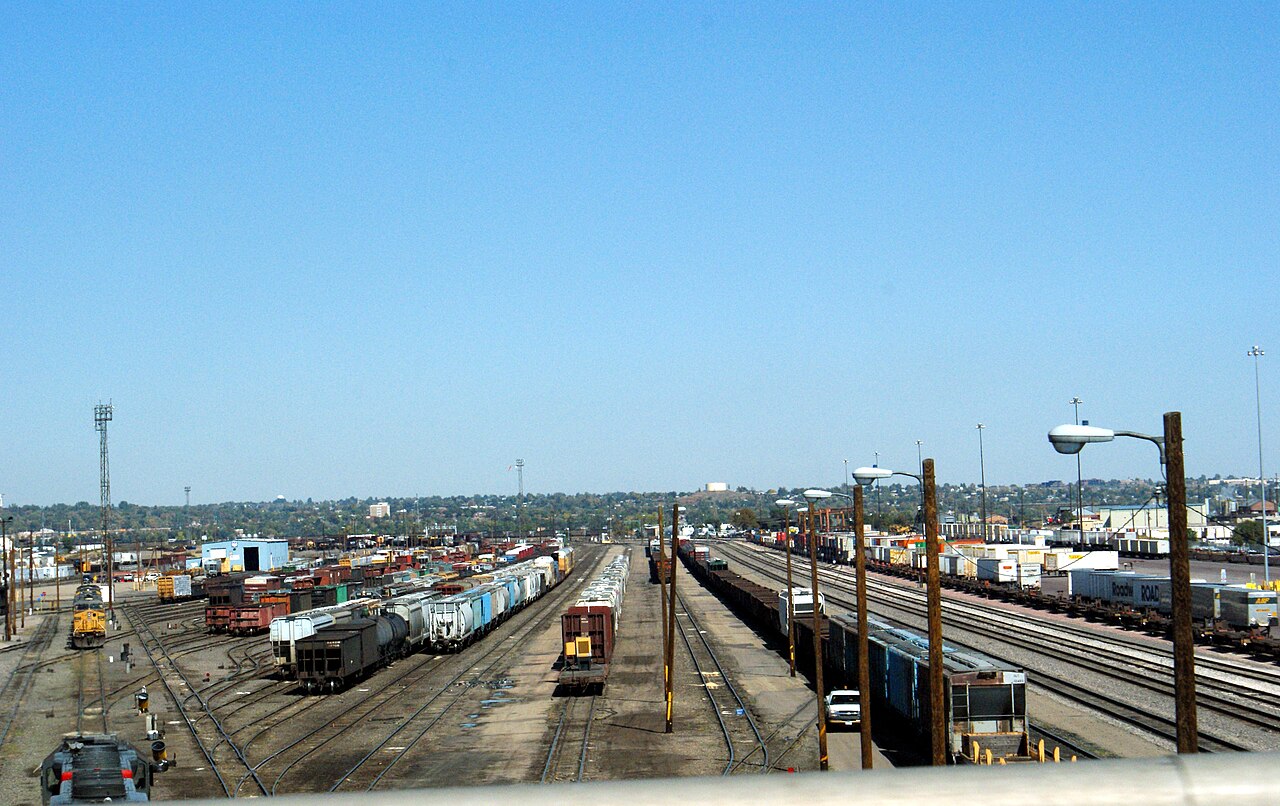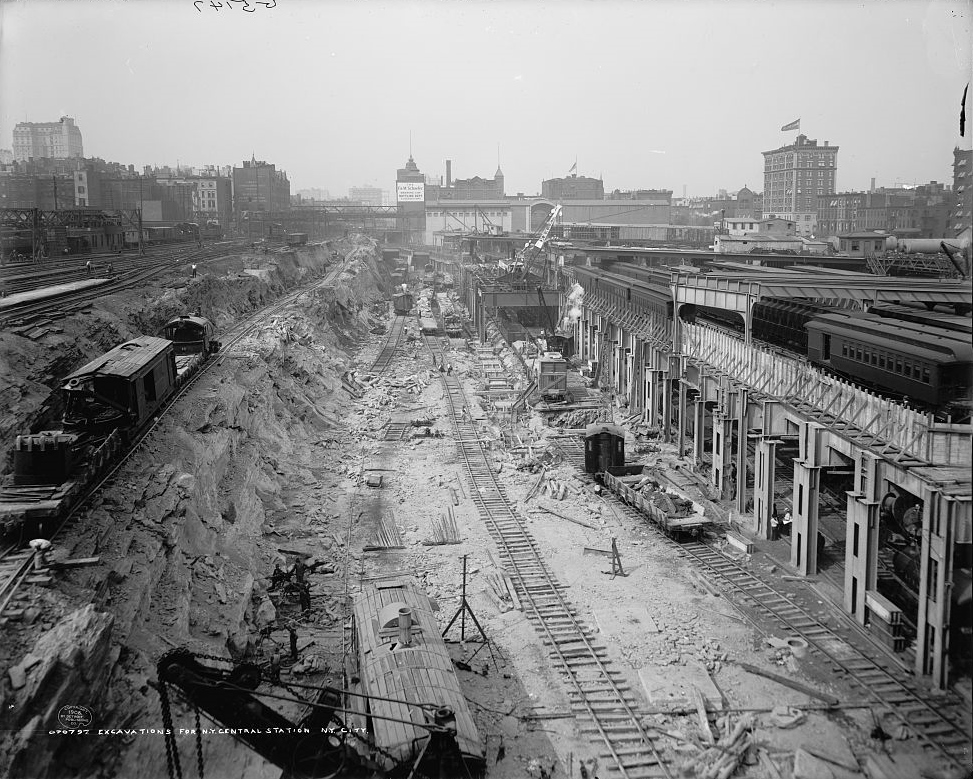Used with Permission.
Almighty God, faithful to His Promises to Abraham and his children, sent His Son to save His people; while, in His Mercy, He willed to redeem the heathen as well. Therefore, Christ is The King, Whom, as its Redeemer, the whole World must hail and Adore (Introit and Gradual). It was through His Death on The Cross that He became our King, and it is through The Eucharist, The Memorial of Calvary, that, by applying the merits of His Redemption to our Souls, He exercises His Kingship over us.
In this Miracle at Cana, a type of The Holy Eucharist, did Our Lord formally manifest His Divinity, i.e., His Character as Divine and, therefore, Royal, and "His Disciples believed in Him". The turning of water into wine is a type of Transubstantiation, called by Saint Thomas the greatest of all Miracles, by which the wine of The Eucharist becomes The Blood of The Covenant of Peace, which God has made with His Church.
Since, also, The Divine King wishes to espouse our Souls and since, as Bossuet says, it is through The Eucharist that this mystical marriage is consummated, The Marriage Feast at Cana also signifies the union of The Word with His Spouse The Church.
"Having been invited to The Wedding Feast at Cana, in Galilee," says Saint Augustine, "Our Lord attended, that, being alone the author of The Sacrament of Matrimony, He might confirm Conjugal Chastity."
He also meant to make known to us the Mystery of which these nuptials were the sign, that is, the union of Christ with His Church. For even those who, by a Vow, have bound themselves to Almighty God in the Virginal State, are not without nuptials, since, with the whole Church, they have a part in the nuptials in which Christ Himself is the Spouse, and, in this case, Our Lord is typified by the bridegroom who kept to the end the good wine, that is, the Gospel.
Every Parish Priest Celebrates Mass for the people of his Parish.
Mass: Omnis terra.
The Gloria in excelsis is said on all the Sundays before Septuagesima, even when they are Celebrated "In Anticipation" on the Saturday. It is not said on Ferial Days, when The Mass of the preceding Sunday is used.
Second Collect: Of The Blessed Virgin.
Third Collect: Against The Persecutors of The Church, or, For The Pope.
THE SAINT ANDREW DAILY MISSAL
THE SAINT ANDREW DAILY MISSAL
Available (in U.K.) from
Available (in U.S.A.) from










.jpg)
.jpg)
















.jpg&container=blogger&gadget=a&rewriteMime=image%2F*)


